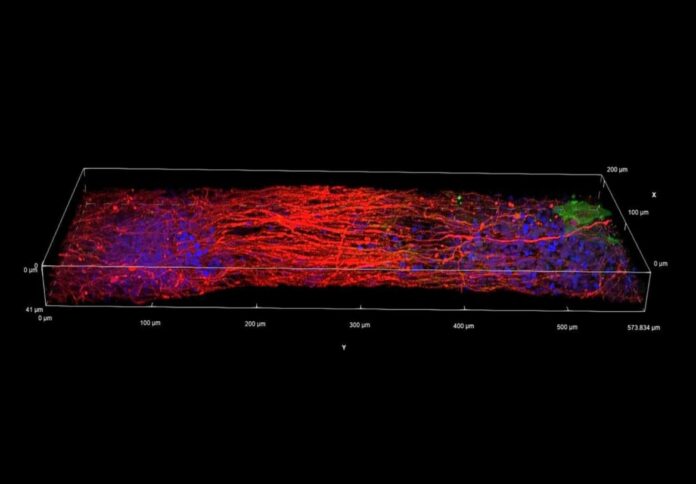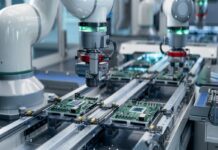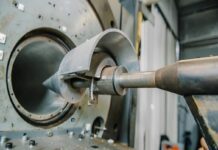
A team of scientists at the University of Wisconsin–Madison has pioneered the development of the first 3D-printed brain tissue capable of growth and functioning akin to natural brain tissue.
This achievement holds profound implications for neuroscience, offering a groundbreaking tool for studying the intricacies of the brain and advancing treatments for neurological and neurodevelopmental disorders, including Alzheimer’s and Parkinson’s disease, the university said in a news release.
Professor Su-Chun Zhang, affiliated with UW–Madison’s Waisman Center and specialising in neuroscience and neurology, expressed the significance of this breakthrough.
“This could be a hugely powerful model to help us understand how brain cells and parts of the brain communicate in humans. It could change the way we look at stem cell biology, neuroscience, and the pathogenesis of many neurological and psychiatric disorders,” the professor noted.
The success of previous attempts to 3D-print brain tissue has been hindered by limitations in printing methods, as highlighted by Zhang and Yuanwei Yan, a scientist in Zhang’s lab.
The team’s innovative 3D-printing process, detailed in the journal Cell Stem Cell, addresses these challenges and opens new avenues for the field.
This development not only marks a significant leap forward in understanding brain function but also holds promise for advancing research in stem cell biology, the university reported.
The ability to replicate human brain tissue through 3D printing also offers a dynamic platform for exploring communication between brain cells and various regions of the brain.
According to the university, the recently developed printing method is designed to be user-friendly for a wide range of laboratories.
It eliminates the need for specialised bio-printing equipment or intricate tissue culturing methods to maintain tissue health.
Researchers can thoroughly examine the printed tissue using standard microscopes, imaging techniques, and commonly used electrodes in the field.
While the current printer is a commercialised benchtop model, the researchers envision further advancements.
They aim to enhance their bio-ink and refine the equipment to enable the printing of specific cell orientations within the tissue on demand.
Yuanwei Yan underscored, “We can make some specialised improvements to help us print specific types of brain tissue on-demand.”
For more information on this groundbreaking research, refer to the article in the journal Cell Stem Cell.



















